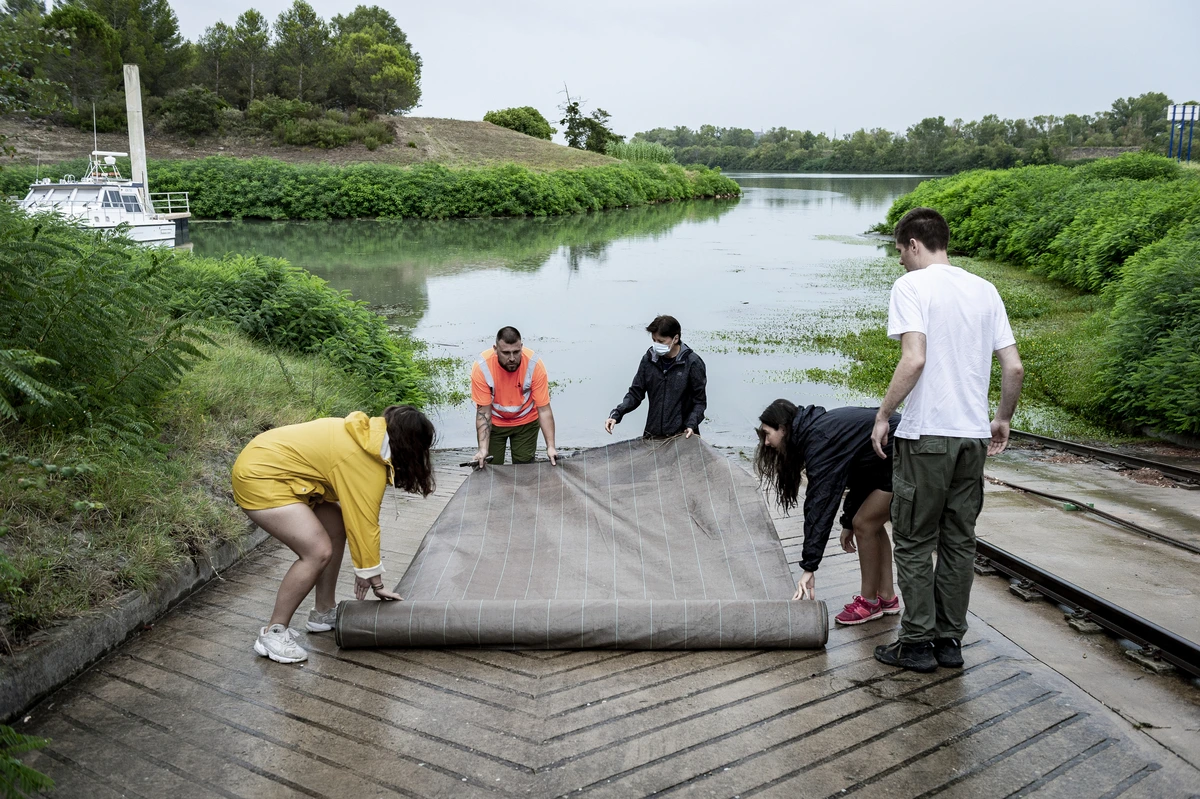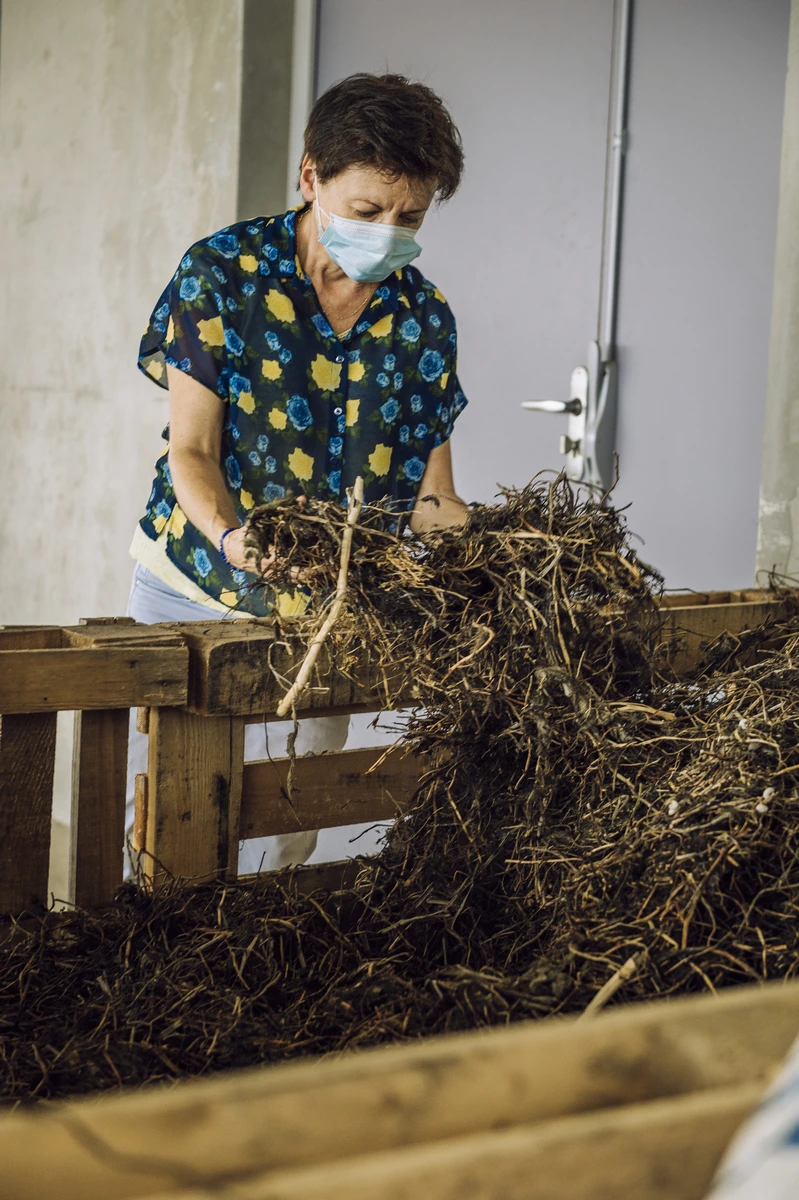One person’s trash is another person’s treasure – optimizing metal-contaminated plant biomass towards the needs of Green Chemistry
PIs:
- Claude Grison, Directrice du Laboratoire de Chimie bio-inspirée et d'Innovations écologiques (ChimEco); Membre correspondant national de l’Académie Nationale de Pharmacie
- Yves-Marie Legrand, Research engineer, Laboratoire de Chimie bio-inspirée et d'Innovations écologiques (ChimEco)
- Alicja Babst-Kostecka, Environmental Science, UArizona
- Raina Maier, Environmental Science, UArizona
There is increasing concern related to human exposure to toxic metals by inhalation and ingestion of aerosolized particulates in arid regions of the world. With increasing public awareness of the threat that soil contamination poses to natural and human systems, the demand for novel and sustainable technologies to restore metal-polluted sites is growing rapidly. Reclamation is particularly challenging in arid regions that cover 41% of the global land area and provide essential services to humankind, including potable water and food production. In light of this societal need, transformative science will be essential for understanding and mitigating metal contamination. The proposed research between UArizona and ChimEco will develop an innovative two-step approach to extend the life-cycle of metals that were mined, used, and previously considered “disposed” into soils as contaminants—by returning them to the supply chain and reducing the mining of new sources. This novel approach has the potential to sustainably and profitably remediate metal-contaminated soils.
The proposed research will be conducted using metal-contaminated mine tailings from the US Southwest. This region is a major producer of non-fuel minerals and has extensive metalliferous mine tailings sites of different ages, composition and metal concentrations. This two-step approach will: first, metal capture will be optimized for removal from soil using desert adapted plants that hyper)accumulate metals in their leaves by maximizing the efficiency of metal phytoextraction through manipulation of the rhizospheric microbiome of (hyper)accumulator plants that are adapted to the arid US Southwest (University of Arizona team). Second, utilize the resulting metal-enriched plant biomass in high-value catalytic reactions to create new metal-based eco-catalysts (ChimEco Laboratory - CNRS team). Catalysts speed up chemical reactions and are the backbone of many industrial processes that turn raw materials into valuable products.
As stated by Ban Ki-moon, “The current model is global suicide. We need a revolution. Revolutionary thinking. Revolutionary action. Natural resources are becoming more and more scarce.” In this spirit the proposed innovative approach has the potential to sustainably and profitably remediate metal-contaminated soils.
Building on the existing and fruitful collaboration between the partners, two graduate students funded by the IRC program will work on the interlinked project objectives. The graduate students will visit the respective collaborator lab for 6 months (total of 12 months working together) to enhance the exposure/learning experience of international interdisciplinary research approach/experience. This allows for the highest level of information and resource exchange between students and researchers.




